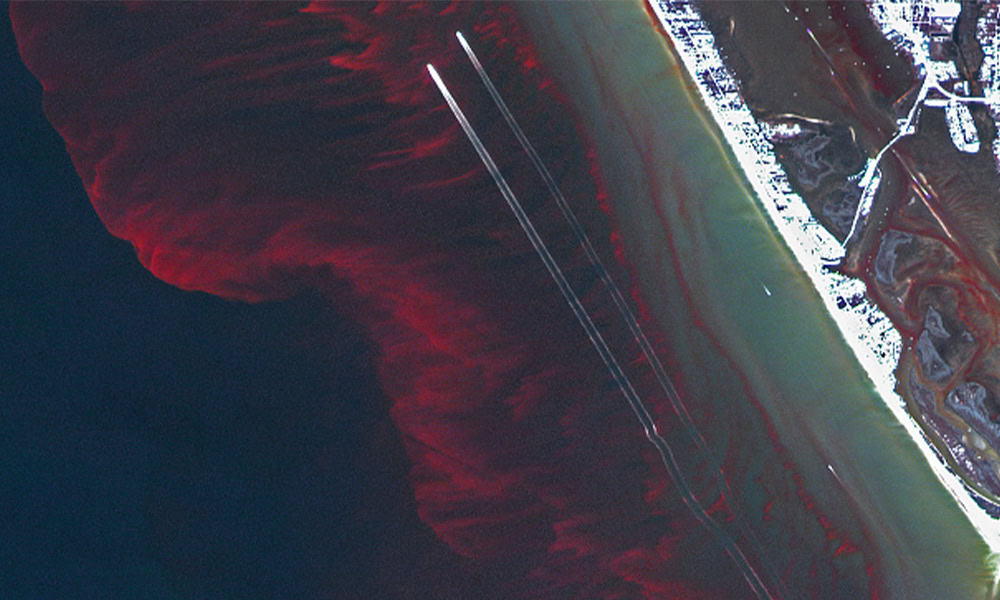An unprecedented marine expedition in Latin America took place on the Pacific coast of Costa Rica, collecting data and samples for an international study that aims to detect red tides using satellite technology. Red tides are harmful algal blooms that can significantly impact marine ecosystems, public health, fisheries, and tourism. Their sudden appearance and unpredictable nature make early detection essential for mitigation efforts.
The expedition, which occurred from February 17 to 21, involved biologists and oceanographers from the Costa Rican Federation of Tourist Fishing (FECOP), the University of Costa Rica (UCR), the National University (UNA), and NASA scientists, including a Costa Rican researcher. This initiative aligns with NASA’s PACE (Plankton, Aerosol, Cloud, Ocean Ecosystem) satellite mission, launched a year ago, which seeks to advance our understanding of ocean color and improve the monitoring of ocean ecosystems through innovative optical measurements.
“This is pioneering research in ocean optics, as such comprehensive measurements applied to ocean color validation in Costa Rica have never been done before,” said Dr. Joaquín Chaves, a Costa Rican scientist at NASA’s Goddard Space Flight Center. During the expedition, information was gathered using different optical sensors: a spectrometer on a research aircraft, a hyperspectral radiometer on board a ship, and PACE itself in orbit. “The information collected in situ is triangulated to verify or validate the satellite data, and with all the information simultaneously, regional algorithms can be developed,” explained Chaves.
The objective is to create specific algorithms for the Costa Rican Pacific that will enable the prediction of red tides with greater precision. For Dr. Marina Marrari, executive director of FECOP, this expedition “marks a milestone for science in Costa Rica.” The ability to detect red tides in near real-time is expected to mitigate their impacts on tourism, fisheries, aquaculture, and public health. Marrari also highlighted the collaboration between the participating organizations and the free access to the information generated through FECOP’s PezCA application.
Moreover, the expedition expanded its scope by collecting data on contaminants such as microplastics and heavy metals, as well as conducting an analysis of the microbial population structure. Maribel Vargas, a UCR researcher, explained that the information collected will contribute to the development of new algorithms for PACE, considering the specific phytoplankton species of the region.
This research not only paves the way for improved environmental monitoring but also represents a critical step towards proactive management of coastal resources. With enhanced predictive capabilities, local communities and industries can better prepare for and respond to the environmental and economic challenges posed by red tides, ensuring that both public health and local economies are protected.








